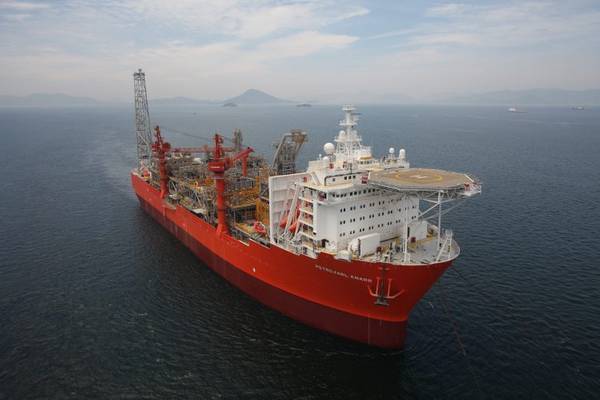
Norwegian energy company Equinor has taken a step forward with its Rosebank project in the UK North Sea by submitting key environmental documents.
An Environmental Impact Assessment was submitted to the UK's Offshore Petroleum Regulator for Environment and Decommissioning (OPRED) on Thursday. The document outlines the Rosebank project and how it will mitigate any environmental impacts on the environment.
However, by Friday morning, the link to the report on OPRED's website had been removed. OE has asked OPRED why this has happened.
The EIA sets out that Equinor plans to make a final investment decision on the first phase project in February 2023, according to reports, with first production in 2026, ramping up to about 70,000 barrels of oil per day and 1.7 million cu m of gas per day. A second phase would then be shaped by data from the first phase.
Equinor's plan is to drill four production wells and three water injection wells in the first phase of the field's development, and then up to three further production wells and two water injectors in a second phase. The wells will be connected to a redeployed floating production, storage and offloading (FPSO) vessel.
Equinor plans to export the gas via a new export pipeline connected to the existing West of Shetland Pipeline System, while the oil will be offloaded using shuttle tankers. The company expects oil output from Rosebank to peak at around 70,000 b/d in 2027-28, plateau until 2033 and then decline steadily. Gas production is expected to reach its highest at 1.72 million cu m/d in 2029-31 before steadily falling.
The EIA also sets out plans to electrify the FPSO, with electricity to be delivered from onshore. Equinor has previously set out that this could be via a subsea transformer with power coming from shore and/or offshore wind.
The Rosebank field is 130 km northwest of the Shetland Islands in 1115 m water depth, 15 kilometres from the UK/
Faroese maritime boundary. It is seen as one of the largest undeveloped oil fields in the North Sea, which could hold more than 300 million barrels of recoverable oil.
It was discovered in 2004 and in 2019 Equinor acquired Chevron’s 40% operated interest in the Rosebank project in the West of Shetland region of the U.K. continental shelf, but the project has yet to be developed.
In February this year (2022), Equinor signed an agreement with FPSO owner Altera Infrastructure that could see the Petrojarl Knarr FPSO redeployed at the long-stalled Rosebank project in the UK North Sea.
The FPSO was used to produce oil from Shell's Knarr field in the North Sea, offshore Norway, where it had been since early 2015. In May 2022, the Knarr FPSO ceased production on the Knarr field, after which decommissioning activities related to the field started.
Chevron's sale to Equinor marked its full exit from the project, for which it had planned to deploy a newbuild FPSO with a 100,000 b/d oil, 80 mmcf/d gas production capacity, with storage for about 1 million barrels. This was is to be the deepest moored facility on the UK Continental Shelf. Prior to the sale to Equinor, Chevron had planned to have the field online in 2024.
North Sea-focused independent Ithaca Energy and Canadian producer Suncor hold 20% and 40% in Rosebank, respectively, with the former inheriting a stake through its recent takeover of private equity-backed Siccar Point Energy.